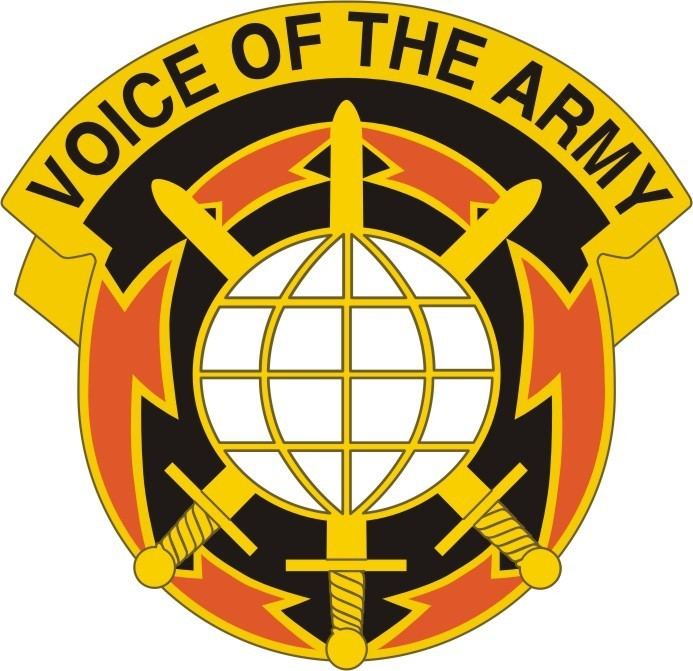Active 1 October 2002–current | Country United States Type Signal command | |
 | ||
Part of U.S. Army Cyber Command | ||
United States Army Network Enterprise Technology Command (NETCOM) was realigned in 2014 from a Direct Reporting Unit (DRU) to the Army’s Chief Information Officer (CIO/G-6) to a subordinate command under Second Army. NETCOM's mission is to operate and defend the computer networks of the United States Army. The numerical command for NETCOM was 9th Army Signal Command, though this distinction was removed on 1 October 2011. Its heritage can be traced back to the creation of the 9th Service Company in 1918. The command headquarters is at Fort Huachuca, Arizona. Major General John B. Morrison, Jr assumed Command in March of 2014.
Contents
Mission
NETCOM plans, engineers, installs, integrates, protects and operates Army Cyberspace, enabling Mission Command through all phases of Joint, Interagency, Intergovernmental and Multinational operations. Additionally, the commanding general is designated as the Deputy Commanding General for Network Operations, U.S. Army Cyber Command and Second Army. With the headquarters at Fort Huachuca, Arizona, the NETCOM Team has nearly 16,000 Soldiers, Department of the Army Civilians and Contractors stationed and deployed in more than 22 countries around the world, providing direct and indirect support to Army, Joint and Coalition forces.
Theater
Contingency and homeland
Activities
U.S. Army Strategic Communications Command
On 1 March 1964, the Army activated U.S. Army Strategic Communications Command (referred to as STRATCOM) to exercise full command and control over worldwide strategic communications. STRATCOM established the 1st Signal Brigade to exercise command and control over all Army communications-electronics resources in Southeast Asia. Scattered among 200 sites in Vietnam and Thailand, this brigade became the largest combat signal unit ever formed. One of those units (formed in April 1969 until July that year), aided in the installation of modern communications equipment in Bang Phi, Thailand; improving the information networks for Southeast Asia.
STRATCOM leaders moved to modify the command’s designation to better suit its changing mission by dropping "strategic" from its organizational title. On 1 Oct. 1973, the Army re-designated STRATCOM as the U.S. Army Communications Command (USACC).U.S. Army Communications Command
During the early 1980s, Army automation focused on the development of hardware and software systems. These systems were used for force development, personnel, supply, payroll, medical, maintenance, and troop support. Due to the scale of the work, the Army empowered USACC to lead development of strategic concepts for information systems management. USACC recommendations, combined with an Army Chief of Staff vision of consolidated information disciplines, gave genesis to the U.S. Army Information Systems Command (USAISC), the newest iteration of Fort Huachuca’s strategic communications organization, on 1 May 1984.
U.S. Army Information Systems Command
Post Desert Storm Army downsizing and organizational review focused a critical eye on command structure. A general perception in the 1990s among major commands (MACOM) and theater commanders held that USAISC central management deprived them of needed command and control over regional and theater information systems, computer system acquisitions, and signal assets. The Department of the Army agreed and moved to dismantle USAISC, relegating the organization to major subordinate command status under U.S. Army Forces Command, and re-designating it as U.S. Army Signal Command (USASC) in September 1996.
U.S. Army Signal Command
Army MACOMs and theater commanders worked independently to resource their own Information System requirements. This decentralization and deregulation led to a proliferation of non-standardized command, control, communications, and computer (C4) systems and an unacceptable level of incompatibility among Army-wide communications equipment and support networks.
The department of the Army on 1 Oct. 2002, decided to again centralize service C4 and many aspects of information systems management and security under one Army command: the U.S. Army Network Enterprise Technology Command (NETCOM), reporting directly to the Army’s Cyber Command (ARCYBER).
